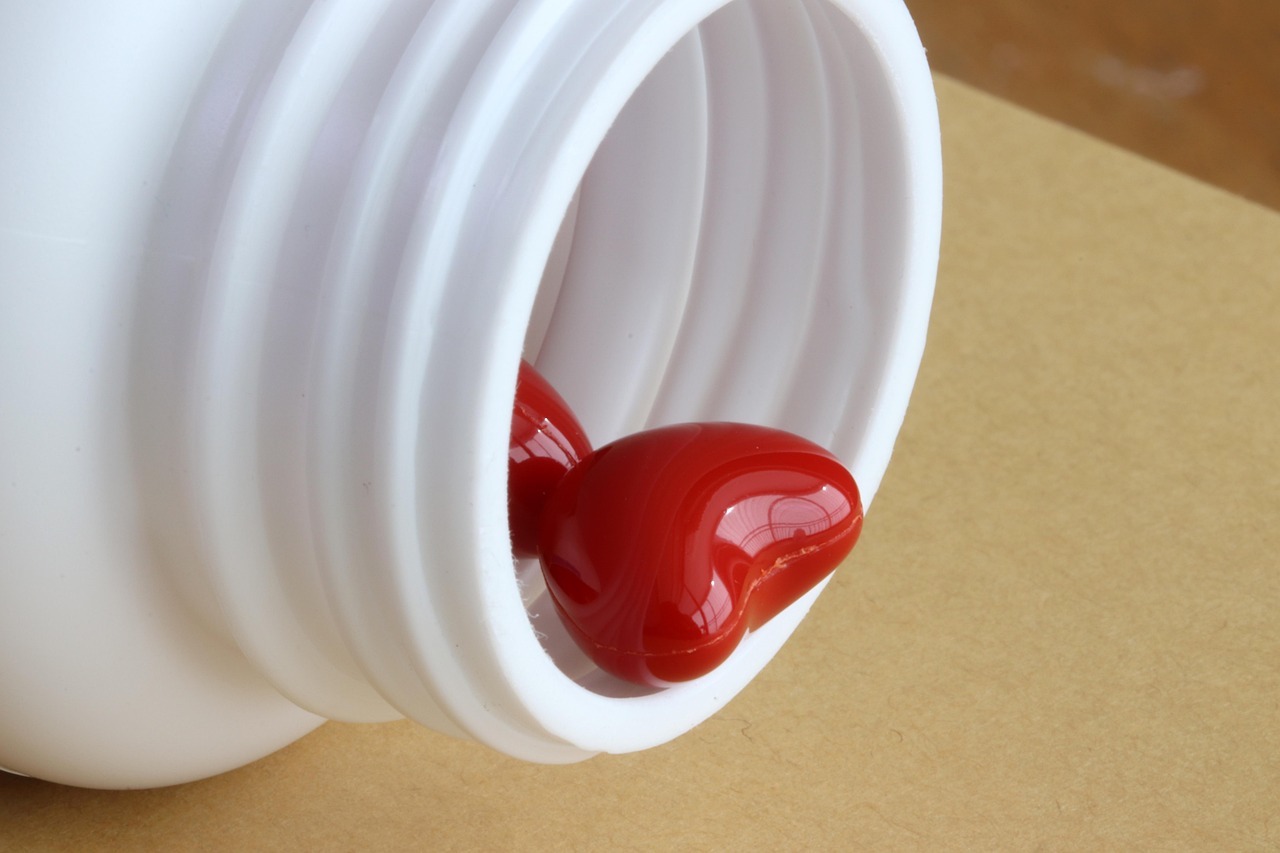
Share this post!
Now that we are officially into the summer months, are you fully utilizing the benefits of sun time to boost your vitamin D intake? The fat-soluble vitamin, which doubles as a hormone, has few dietary sources. But since it can be synthesized within the body as a direct result of sun exposure we have an endless supply available.
While our bodies can produce all of the vitamin D that we need, we must first enable them to do so by providing the right conditions:
Enough skin must be exposed.
The more skin you expose, the more vitamin D your body will produce. But the general rule is that your face, arms, and legs must be exposed for minimum vitamin D production.
Enough time must be given.
The length of time it takes to produce your daily amount of vitamin D varies based on location, time of day, and skin pigmentation. The lighter your skin, the faster your body will produce vitamin D, i.e. if you’re very fair-skinned, you may need as little as 15 minutes, whereas if you’re darker-skinned, you may require as much as one to two hours to produce anywhere between 10,000 and 25,000 IU. The time of day also matters since more direct sunlight will produce quicker results. Optimum times vary depending on how close or far you are from the equator, but generally, the best times for vitamin D sunbathing are between 10 am and 4 pm in the summer months.
Consider your location.
Many locations don’t get enough direct sunlight throughout the whole year, so the farther you get from the equator, the fewer months you have to acquire sunlight-produced vitamin D. In the central to northern United States, for example, your skin can only produce vitamin D from sun exposure from April through September. This is why vitamin D supplementation is necessary for many at certain times of the year.
Your liver health matters.
Once your skin is exposed to sunlight, vitamin D is produced, but this inactive form of the vitamin must be activated for use in the body, and it’s the liver’s job to do this. Your liver’s functionality and health may affect your body’s ability to use vitamin D—both from sunlight and supplements. Considering the liver’s responsibility for hormone-related functions, we are going to be healthier overall when our liver is fully equipped to do its job.
So how much vitamin D do you need?
Anything below 50 ng/mL is considered deficient or inadequate levels, and greater than 125 ng/mL is considered to be territory for adverse effects or vitamin D toxicity. Many doctors, alternative practitioners, and nutritionists consider 50 to 80 ng/mL to be the optimal range. Your vitamin D levels can be assessed through blood tests and should be tested at a minimum of once per year along with other routine wellness checks.
By Aimee McNew, MNT
Related reading…
Vitamin D: The Sunshine Prohormone
Sunlight: A Powerful Health Tonic
Choosing the Right Sunscreen: Tips for Safe Sun Protection
Image: PHOTOCREO Michal Bednarek/Shutterstock.com
Share this post!


















